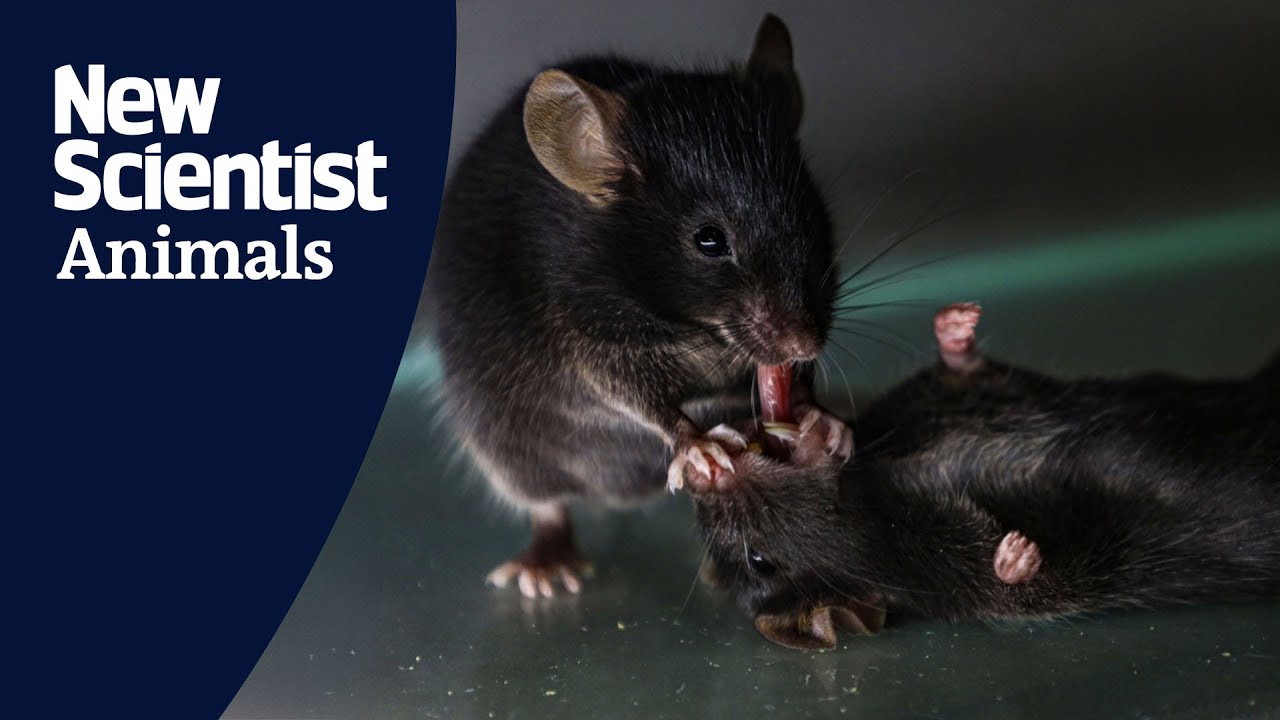
Mice Display Untrained Altruism, Providing Insights into Empathy Across Species
In an innovative study that questions established notions about animal behavior, researchers have found that mice demonstrate spontaneous, untrained altruism towards their unconscious counterparts. The results, published on April 23 in the Proceedings of the National Academy of Sciences, present strong evidence that empathy and prosocial actions may stem from fundamental biological processes common across species, including humans.
Revealing Rodent Kindness
The research indicated that when awake mice were situated near anesthetized cage-mates, they exhibited behaviors that mirrored concern and caregiving. Rather than ignoring or evading their unconscious associates, the observing mice quickly licked and groomed them upon contact. This instinctive behavior not only aided the anesthetized mouse’s recovery but also seemed to alleviate stress levels in the assisting mouse.
“This research demonstrates that mice show spontaneous rescue-like actions, aiding the recovery of anesthetized conspecifics without any prior training or external incentives,” the authors stated. The term “conspecifics” pertains to animals of the same species.
This revelation is significant, as it contradicts the entrenched belief that animals only engage in helping behaviors if they gain some form of advantage, training, or social conditioning. While acts of altruism have been reported in elephants, dogs, and even ants, rodents were previously regarded as less inclined to participate in such intricate social behaviors.
The Science Behind Unprompted Assistance
Directed by Dr. HU Li from the Institute of Psychology at the Chinese Academy of Sciences and Dr. CHEN Zhoufeng of Washington University School of Medicine and the Shenzhen Medical Academy of Research and Translation, the research team utilized advanced neuroscience techniques to unveil the biological foundations of this behavior.
This involved the use of transgenic mice (genetically altered for research purposes), as well as chemogenetics, optogenetics, and fiber photometry—sophisticated tools that enabled researchers to activate and monitor specific neurons in live animals with remarkable precision.
Central to their findings was the function of oxytocin, a hormone commonly referred to as the “love” or “prosocial” hormone due to its significance in human connection and emotional management.
The researchers found that when an observer mouse met an anesthetized companion, oxytocin-producing neurons in the paraventricular nucleus (PVN) of the hypothalamus became particularly active. This activation triggered two parallel brain circuits that collectively coordinated the helping behavior.
Two Avenues of Empathy
The study indicates that oxytocin release initiated a dual neural reaction:
1. Emotional Recognition via the Amygdala:
One pathway directed oxytocin signals to the central amygdala, an area critical for processing emotions, notably fear and distress. This circuit enabled the observer mouse to identify that something was amiss with its companion—a crucial step in any empathic or altruistic action.
2. Behavioral Response via the Bed Nucleus:
The second pathway encompassed the dorsal bed nucleus of the stria terminalis (BNST), a brain region associated with stress and motivation. This pathway converted emotional recognition into a tangible, caregiving reaction—grooming, licking, and remaining close to the distressed peer.
Together, these two circuits establish a biological loop that encodes both the emotional and motivational aspects of compassionate behavior, transitioning from awareness to action.
Implications for Comprehending Empathy
This finding extends beyond mice—it could redefine scientific viewpoints on the origins of empathy, providing a physiological framework for examining empathy-like behaviors in all mammals, including humans.
“Empathy and altruistic actions might not necessitate complex cognition or social learning but may instead arise from ancient, evolutionarily conserved circuits,” remarked Dr. HU Li.
Moreover, these findings may have future implications in neuropsychiatry and therapeutic development. Understanding how oxytocin and specific brain circuits promote social responses like caregiving could yield new insights into disorders where empathy is diminished, such as autism spectrum disorder or schizophrenia.
From Laboratory to Everyday Life
While it might be easy to disregard the emotional abilities of small creatures like mice, this research encourages a re-evaluation of how we perceive animal intelligence and kindness. It also highlights the potential for biology—not solely socialization—to influence how living beings nurture one another.
As investigations continue to connect neuroscience with social behavior, the unassuming mouse could assist scientists in unraveling the enigmas behind one of humanity’s most valued traits: the innate urge to aid others.
For additional information, access the full study in the Proceedings of the National Academy of Sciences here.
—
Desire to receive stories like this in your inbox? Subscribe to SciChi to keep up-to-date on the latest in science and behavior.